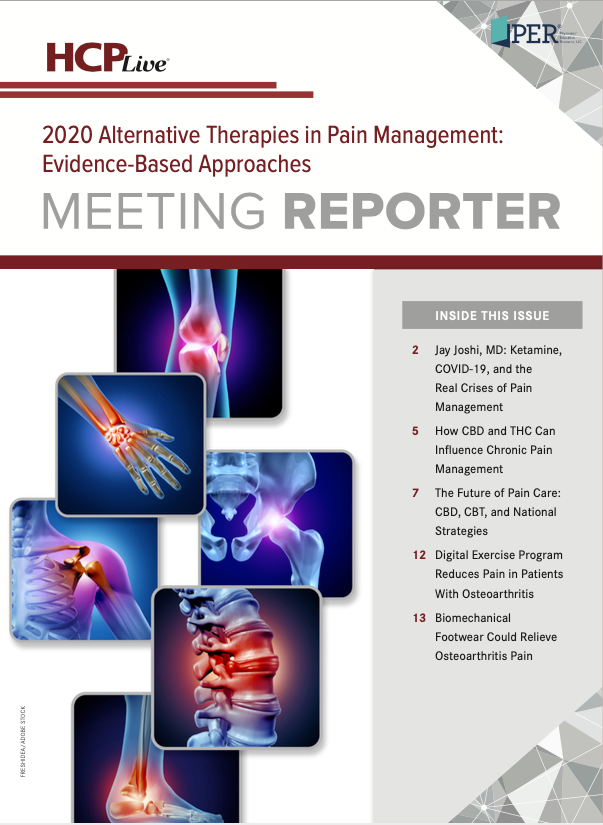Digital Exercise Program Reduces Pain in Osteoarthritis Patients
Digital health tools can improve physical function and serve as an alternative treatment option for patients with certain chronic conditions.

Hakan Nero, PhD
Participation in a digital osteoarthritis treatment program was associated with decreased joint pain and increased physical function in patients with hip and knee osteoarthritis, study findings showed.
Håkan Nero, PhD, a researcher and physiotherapist at Lund University in Sweden, and investigators sought to learn the long-term pain and function outcomes of patients with osteoarthritis who participated in a digital self-management program. The team found 500 patients with the condition were able to, on average, halve their pain in 6 months.
Nero and colleagues evaluated the efficacy of Join Academy, a digital, individualized treatment program. The digital health tool consisted of instructions for neuromuscular exercises adjusted to each patient for degrees of complexity and difficulty.
Participants joined Joint Academy through recommendation by their orthopedic surgeon or physiotherapist and through online advertisements and campaigns. To be included, patients needed a radiographic or clinical diagnosis of hip or knee osteoarthritis from a physical therapist or physician.
Throughout the participation period, exercises—typically 2 per day—were distributed daily to the patients. Individuals rated the difficulty and add comments, as well as indicated when exercises were completed. Participants could not continue with the program until their exercises for the day were marked completed.
Along with the exercises, patients received text or video lessons with information based on current osteoarthritis management guidelines and research. The information included subjects related to osteoarthritis, symptoms, and management.
Each lesson was categorized into a theme, with each theme containing 1-5 lessons. Participants received 1 theme per week the first 6 weeks and then every other week, for a total of 70 lessons over 48 weeks.
The program collected several measures—weekly (joint pain) and bi-weekly (physical function). Joint pain was assessed at index and weeks 12, 24, and 48 using the Numerical Rating Scale. During the assessment, patients rated their pain level from the previous week. A minimal clinically important change of pain was an improvement of 20%.
To measure physical function, patients performed the 30-second chair stand test at weeks 12, 24, and 48.
Overall, of the 499 patients who reported their pain levels for 24 weeks, 72% reached minimal clinically important change. Mean adherence was 78%. The patients showed continuous pain relief over 6 months of adherence for both joints.
Among the 138 individuals who were included in the 48-week sub-sample, 67% reached minimal clinically important change and mean adherence was 74%. Pain change over time per joint showed maximum pain relief was achieved at around 6 months and there were no signs of worsening pain for up to 12 months.
The 24-week sub-sample had a decrease of -.43 units of pain (95% CI, -.51 to -.35) per month, while the 48-week group had a reduction of -.39 units of pain (95% CI, -.43 to -.36) per month. Physical repetition increased by .76 for the 24-week group (95% CI, .64-.89) and .72 in the 48-week sub-sample (95% CI, .65-.79).
Age did not affect pain improvement, but as age increased, there was a statistically significant but not clinically relevant decrease in physical function improvement (-.003 per year; 95% CI, -.005 to -.002; P <.001).
The results of the study showed it is possible to use digital technology for patients with osteoarthritis.
Additional research should follow outcomes in participants who ended their treatment to learn when and why they made the decision.
The study, “Improving osteoarthritis care by digital means — Effects of a digital self-management program after 24- or 48-weeks of treatment,” was published online in the journal PLOS ONE
